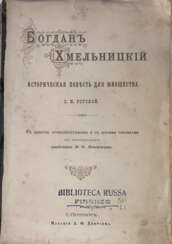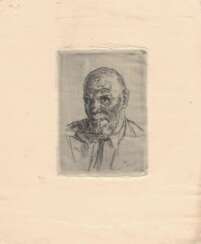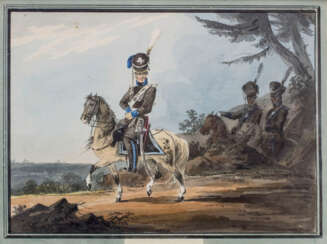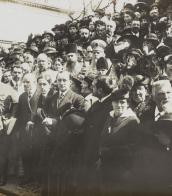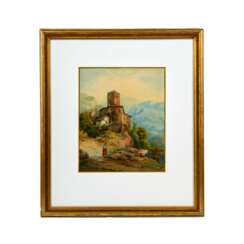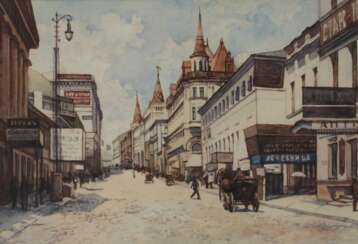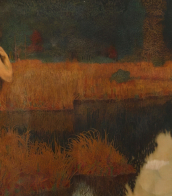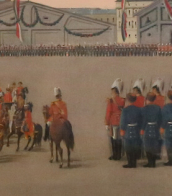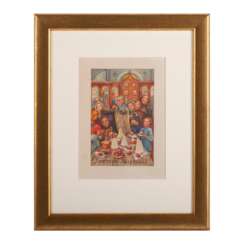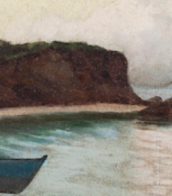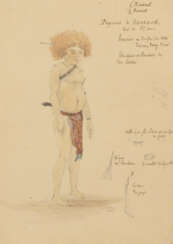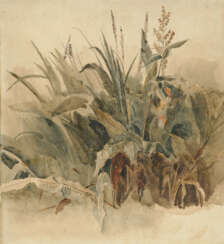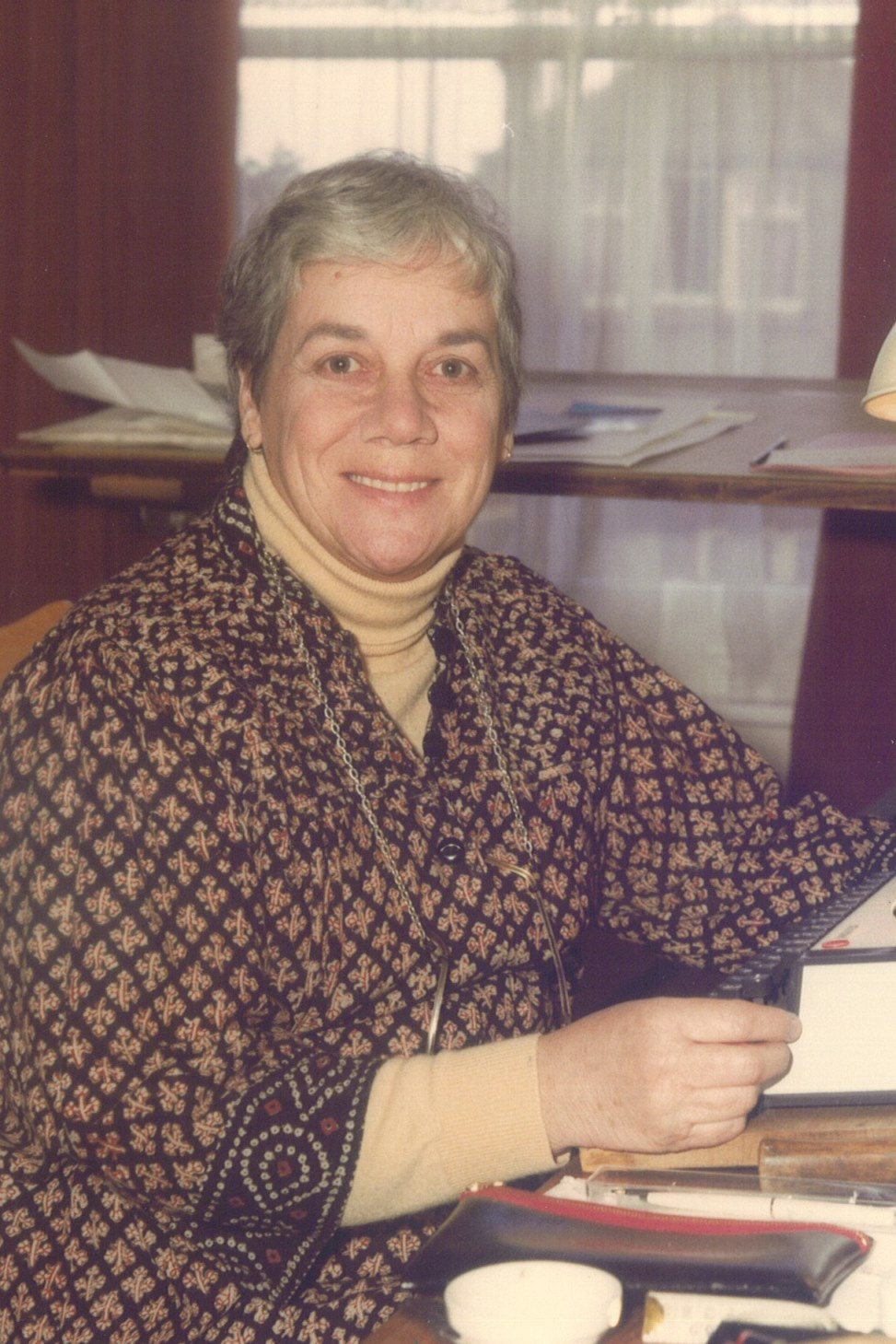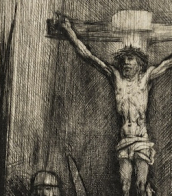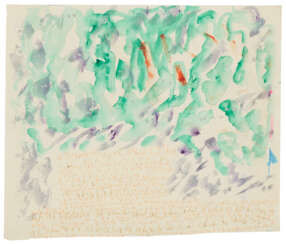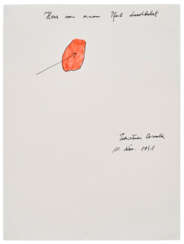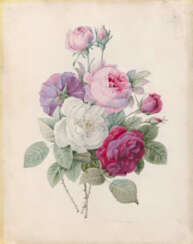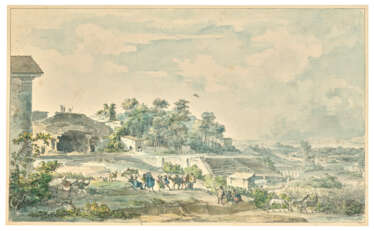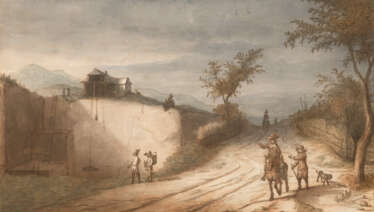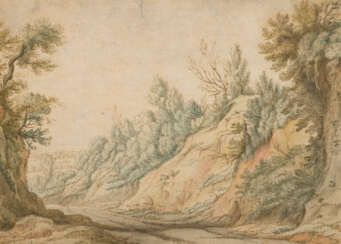акварели и рисунки
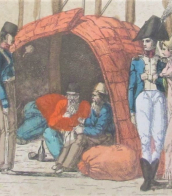
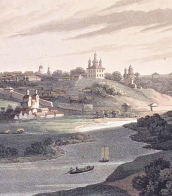
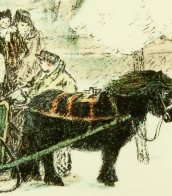
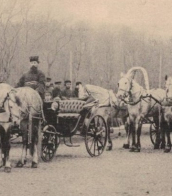
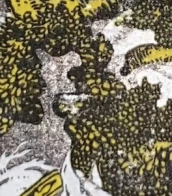


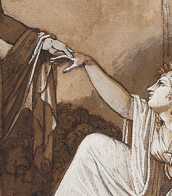
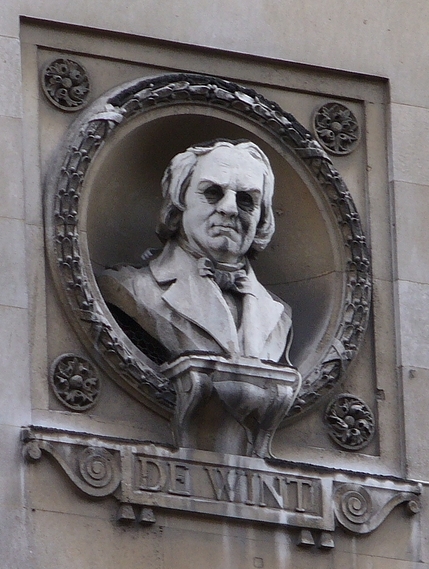
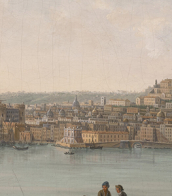
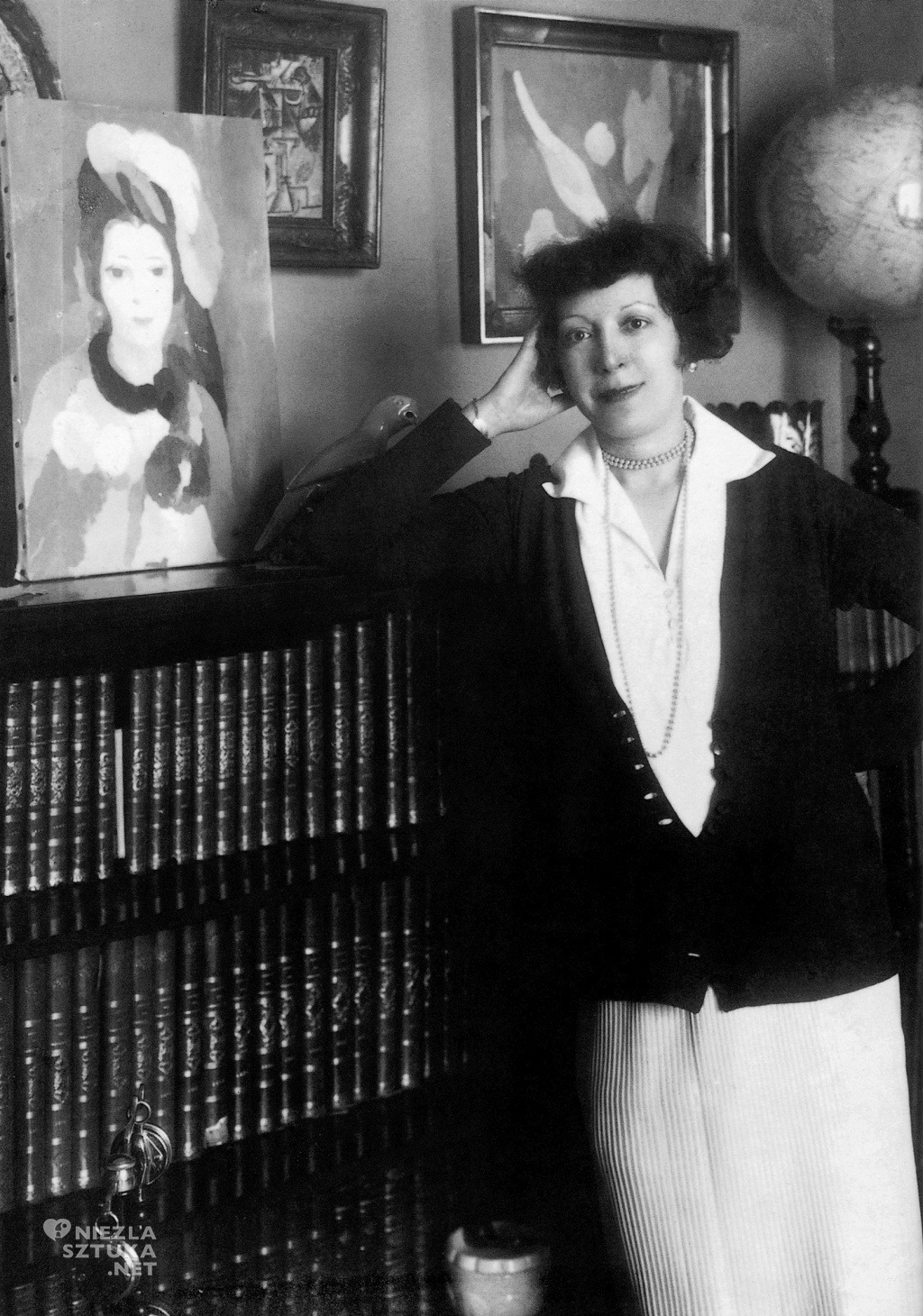
Marie Laurencin was a pivotal figure in the Parisian avant-garde, a French artist renowned for her distinct approach to painting. Unlike her contemporaries who embraced the bold facets of Cubism, Laurencin carved a niche for herself with a palette of soft pastels and a focus on ethereal female forms. Her work, embodying an enchanted, feminine world devoid of masculine presence, was revolutionary for its time, offering a sanctuary of female harmony that was both subtle and profound.
Laurencin's oeuvre extends beyond paintings to include watercolors, drawings, and prints, with notable works such as "Les jeunes filles" and "Portrait de Mademoiselle Chanel" finding homes in prestigious institutions like the Museum of Modern Art in New York and the Musée de l'Orangerie in Paris. Her legacy is further cemented by the Musée Marie Laurencin in Nagano, Japan, the only museum dedicated solely to a female painter, showcasing over 600 of her pieces.
Her approach diverged significantly from the norms of Cubism, incorporating a distinctly feminine aesthetic through the use of pastel colors and curvilinear forms. This unique style set her apart from peers and positioned her as one of the few female Cubist painters, alongside figures like Sonia Delaunay and Marie Vorobieff. Laurencin's artistry was not just an exploration of femininity but a celebration of it, challenging the dominant artistic narratives of her time.
The critique of Laurencin's work for its deliberate embrace of femininity and decorative qualities overlooks the radical essence of her aesthetic. Her paintings, characterized by serene and charming depictions of women, argue for a creative space where the feminine is not just visible but central. Works like "The Fan" and "Spanish Dancers" exemplify her ability to create intimate, self-sufficient worlds that engage the viewer in narratives of absence, longing, and female solidarity.
For collectors and experts in art and antiques, Laurencin's work offers a nuanced understanding of early 20th-century modern art movements through the lens of femininity. Her contributions to art history reflect a bold reimagining of the female form and the spaces women occupy, both in the physical and imaginative realms.
To stay informed about new product sales and auction events related to Marie Laurencin, sign up for updates. This subscription ensures you remain at the forefront of the latest developments and opportunities to acquire works by this groundbreaking artist.


Paul Signac, a French Neo-Impressionist painter, played a pivotal role in the development of the Pointillist style alongside Georges Seurat. Born on November 11, 1863, in Paris, Signac's artistic journey was marked by significant collaborations and encounters, including meeting Vincent van Gogh and Toulouse Lautrec in Paris. His relationship with van Gogh was notably influential, as they painted together at Asnières-sur-Seine, focusing on river landscapes and cafés.
Signac was deeply invested in anarchist ideas, which he explored through his readings of Élisée Reclus, Kropotkin, and Jean Grave. His political leanings were also evident in his art, as seen in his 1893 painting, "In the Time of Harmony," which was initially titled "In the Time of Anarchy." This change was necessitated by the political repression of anarchists in France at the time.
A lover of sailing, Signac began traveling in 1892, which greatly influenced his art. He would sail to various ports, bringing back vibrant watercolors sketched from nature. These sketches later served as the basis for his larger studio canvases, which were composed of small, mosaic-like squares of color, differing from Seurat's tiny, variegated dots.
Signac's contribution to art extended beyond his own works. As president of the Société des Artistes Indépendants from 1908 until his death, he encouraged younger artists and exhibited controversial works of the Fauves and Cubists. He was notably the first patron to buy a painting by Henri Matisse, demonstrating his support for emerging artists.
In his personal life, Signac married Berthe Roblès on November 7, 1892, and his interactions with other artists, including Henri Matisse and André Derain, were instrumental in the evolution of Fauvism. Despite initially not admiring the Fauve style, Signac played a decisive role in its development.
Signac's impact on culture, art, and painting is undeniable. His works, found in various museums and galleries, continue to inspire art collectors and experts. For those interested in exploring Signac's contributions further, signing up for updates on new product sales and auction events related to Paul Signac is highly recommended. This subscription is an excellent way for collectors and art experts to stay informed about the latest developments and opportunities related to Signac's enduring legacy.

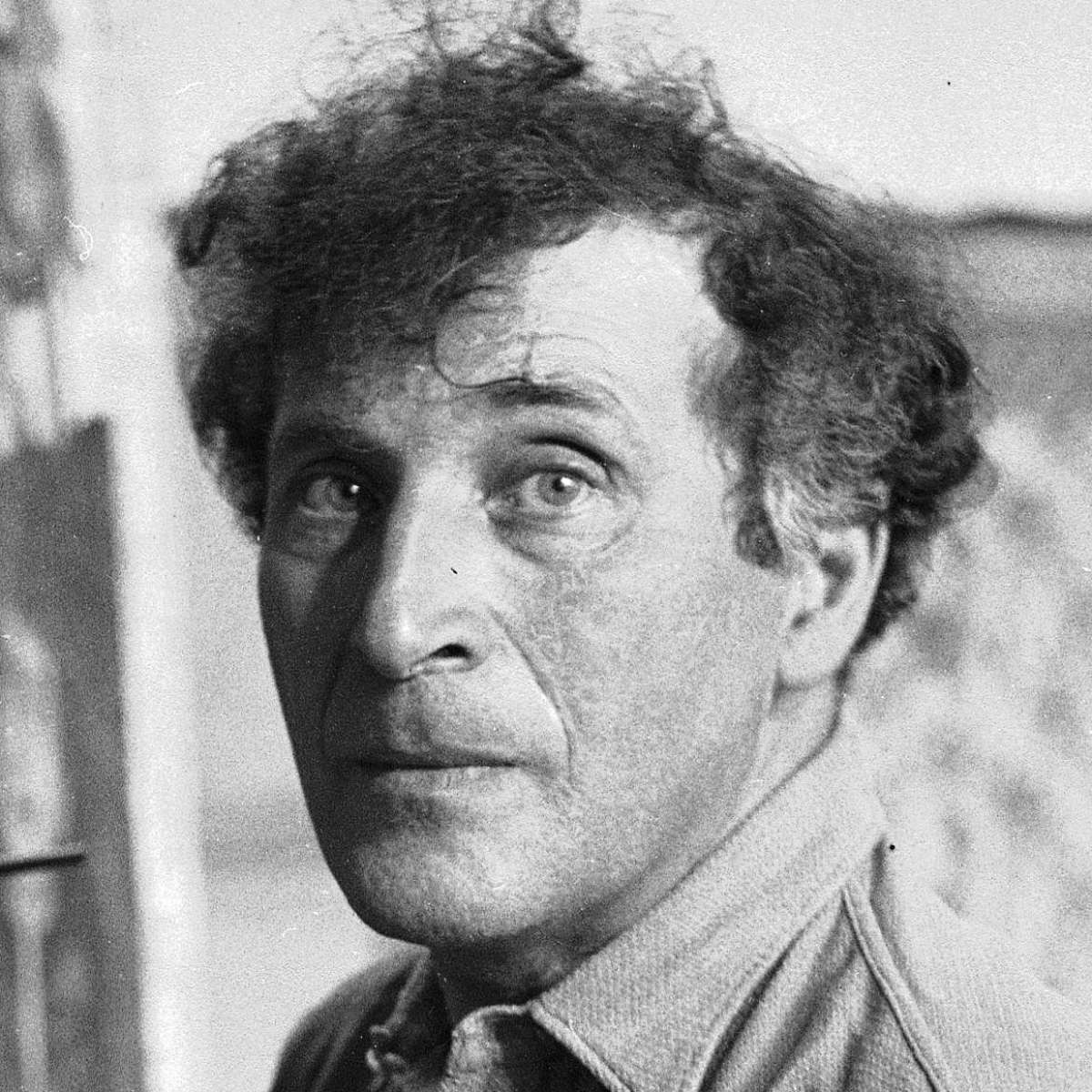
Marc Chagall (Russian: Марк Заха́рович Шага́л), born Moishe Shagal in 1887 near Vitebsk, Belarus (then part of the Russian Empire), was a Belarusian and French artist celebrated for his pivotal role in the avant-garde movement and his unique integration of Eastern European Jewish culture into modern art. His contributions spanned several artistic formats including painting, stained glass, stage sets, ceramics, tapestries, and fine art prints. Chagall's early modernist tendencies were enriched by his experiences across Saint Petersburg, Paris, and Berlin before World War I, leading to a distinctive style that melded Cubism, Symbolism, and Fauvism with his Jewish heritage.
Chagall's work is recognized for its emotional depth, often exploring themes of love, memory, and Jewish folklore through vibrant colors and dreamlike imagery. Notably, art critic Robert Hughes described him as "the quintessential Jewish artist of the twentieth century," a sentiment echoed by art historian Michael J. Lewis who regarded Chagall as a significant figure within European modernism and as the world's preeminent Jewish artist of his time.
Among Chagall's famed contributions are his stained-glass windows for the cathedrals of Reims and Metz, the UN, and the Jerusalem Windows in Israel. His monumental paintings include parts of the ceiling of the Paris Opéra and works that explore biblical themes, a hallmark of his oeuvre that underscores his enduring engagement with spiritual and religious motifs.
For art collectors and antiques experts, Chagall's works are notable not only for their artistic innovation but also for their rich cultural and historical significance. His art is housed in many prestigious museums worldwide, including the Marc Chagall National Museum in Nice, France, which focuses on his works inspired by religion and houses the series of paintings illustrating the biblical message.
For those interested in exploring Chagall's legacy and the vibrant intersection of culture, art, and history his work represents, signing up for updates on new product sales and auction events related to Marc Chagall can provide invaluable insights and opportunities. This is an invitation to engage more deeply with the world of art and culture that Chagall so uniquely encapsulated in his work.

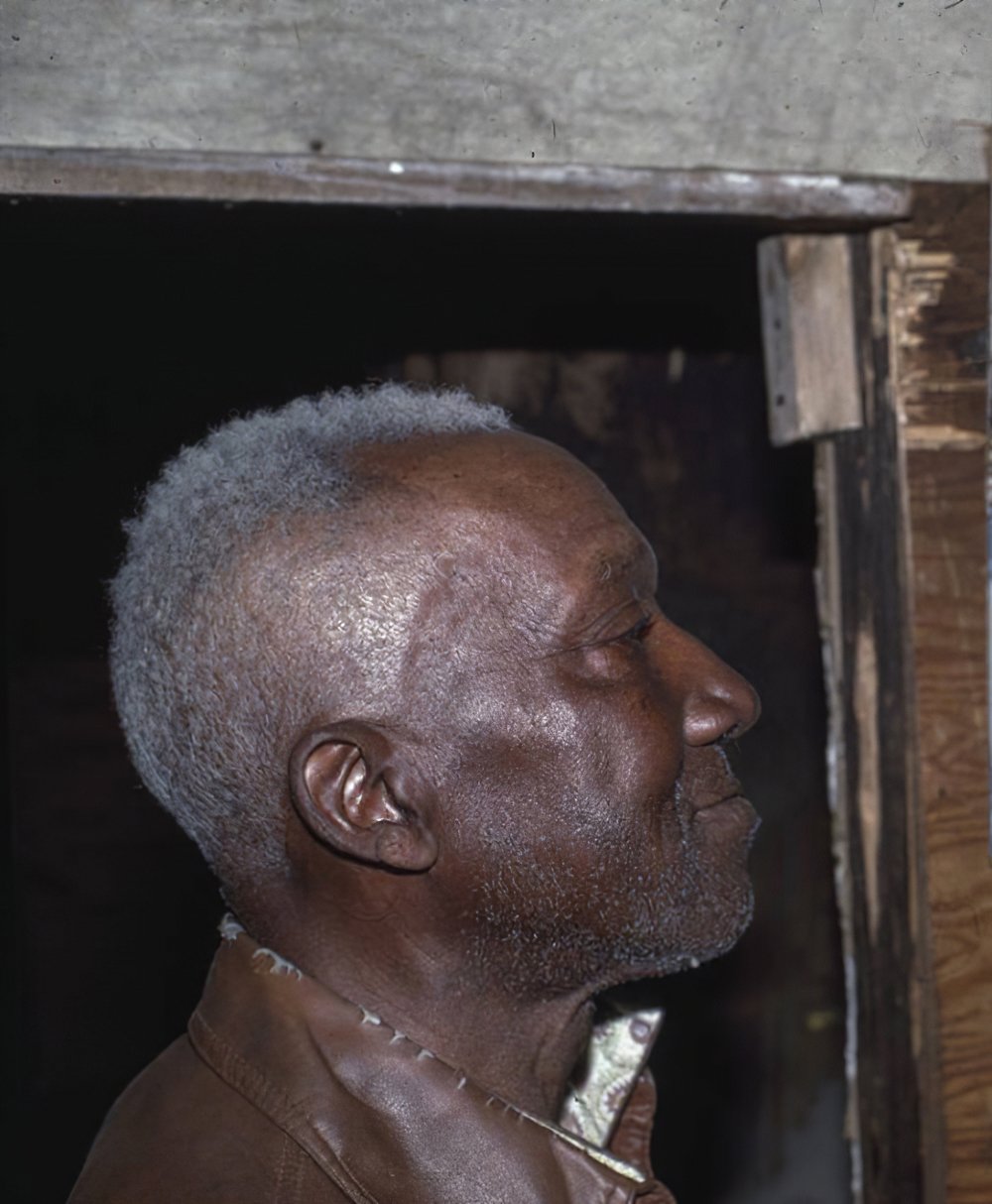
John Bunion (J. B.) Murray was an abstract expressionist painter from Glascock County, GA. His work has been shown among folk art exhibitions and is included at the American Folk Art Museum and the Smithsonian American Art Museum, and has been featured in many museum exhibitions, including "Self-Taught Genius" at AFAM and "When the Stars Begin to Fall" at the Studio Museum. His work is best known for its codified use of colors and improvised script, called "spirit script," which could only be translated by the artist.
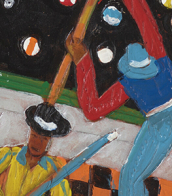

John Bunion (J. B.) Murray was an abstract expressionist painter from Glascock County, GA. His work has been shown among folk art exhibitions and is included at the American Folk Art Museum and the Smithsonian American Art Museum, and has been featured in many museum exhibitions, including "Self-Taught Genius" at AFAM and "When the Stars Begin to Fall" at the Studio Museum. His work is best known for its codified use of colors and improvised script, called "spirit script," which could only be translated by the artist.


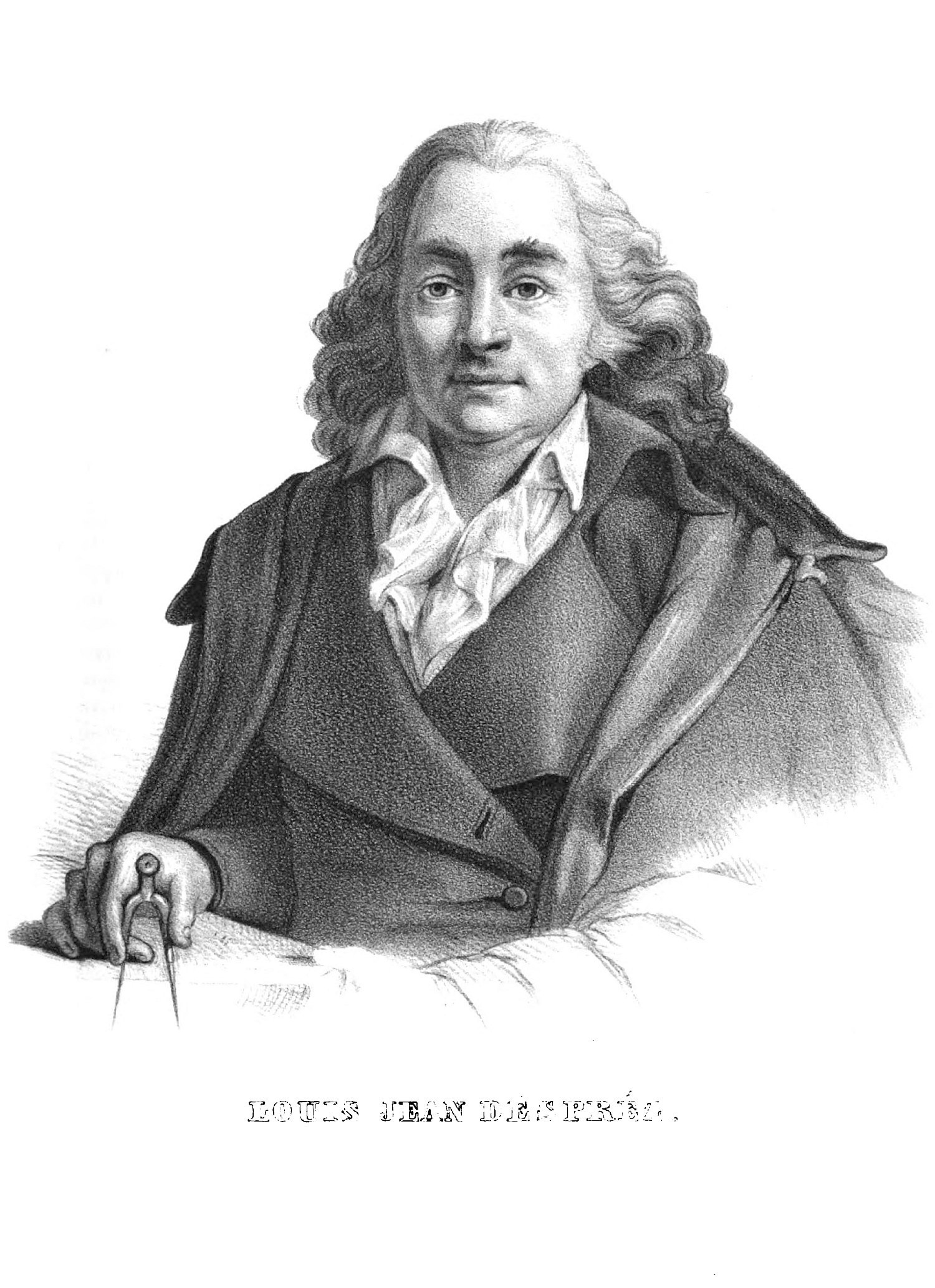

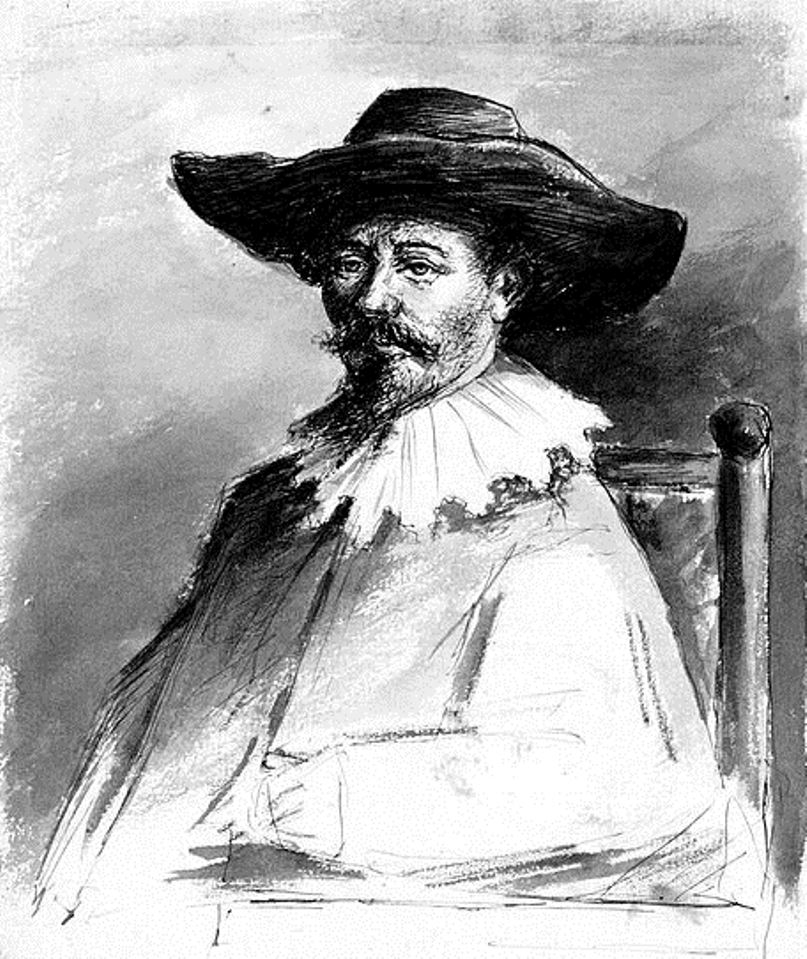


![[Выставка рисунков, гравюр, акварелей и гуашей русских художников]. Clarté exposition de dessins, gravures, aquarelles et gouaches des artistes russes.](/assets/image/picture_2303418/65014/uejdqgvofueoxdttnz8fcbuh1kmlppjazo5wdmbsvi1x6mpx3kvtu8bnozpntfo1659663047jpg__fix_374_244.jpeg)
![[Выставка рисунков, гравюр, акварелей и гуашей русских художников]. Clarté exposition de dessins, gravures, aquarelles et gouaches des artistes russes.](https://veryimportantlot.com/assets/image/picture_2303418/65014/uejdqgvofueoxdttnz8fcbuh1kmlppjazo5wdmbsvi1x6mpx3kvtu8bnozpntfo1659663047jpg__fix_374_244.jpeg)
![[Выставка рисунков, гравюр, акварелей и гуашей русских художников]. Clarté exposition de dessins, gravures, aquarelles et gouaches des artistes russes.](/assets/image/picture_3071381/ed876/ceo1bynldjatvcpuir1dtinsli-u33ec29wwm4fygdwjjvjup7cav4c2qg9cbx1692870325jpg__fix_374_244.jpeg)
![[Выставка рисунков, гравюр, акварелей и гуашей русских художников]. Clarté exposition de dessins, gravures, aquarelles et gouaches des artistes russes.](https://veryimportantlot.com/assets/image/picture_3071381/ed876/ceo1bynldjatvcpuir1dtinsli-u33ec29wwm4fygdwjjvjup7cav4c2qg9cbx1692870325jpg__fix_374_244.jpeg)
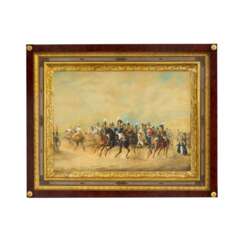

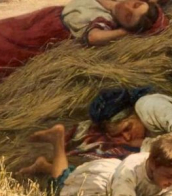


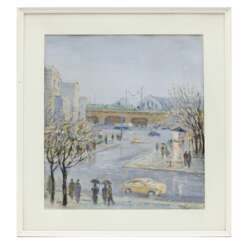

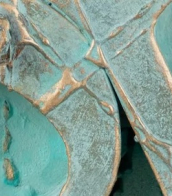


![Рудаков, К.И. Каталог выставки / [Вступ. статья З. Фомичевой]; Музей Акад. художеств СССР. [Сост. каталога Т.А. Петрова].](/assets/image/picture_1793921/90419/yeebfzvllmudnezwfecslkquhvcijkxkhmkvdi-pcfjffbmacrjbx07qms2ao0o81635933839jpg__fix_374_244.jpeg)
![Рудаков, К.И. Каталог выставки / [Вступ. статья З. Фомичевой]; Музей Акад. художеств СССР. [Сост. каталога Т.А. Петрова].](https://veryimportantlot.com/assets/image/picture_1793921/90419/yeebfzvllmudnezwfecslkquhvcijkxkhmkvdi-pcfjffbmacrjbx07qms2ao0o81635933839jpg__fix_374_244.jpeg)
